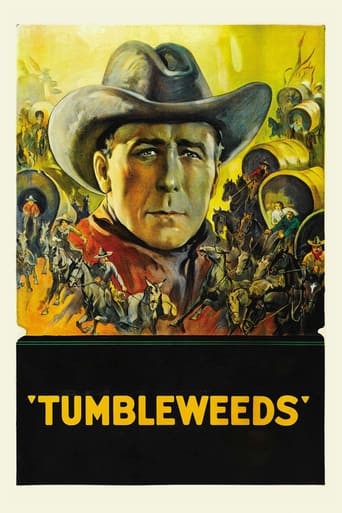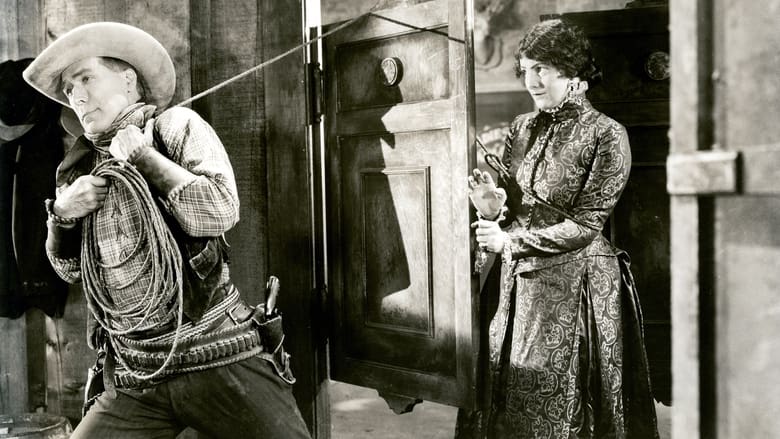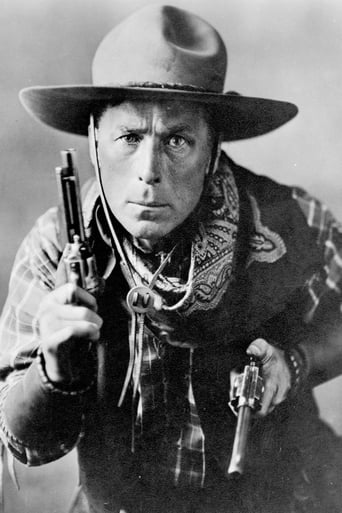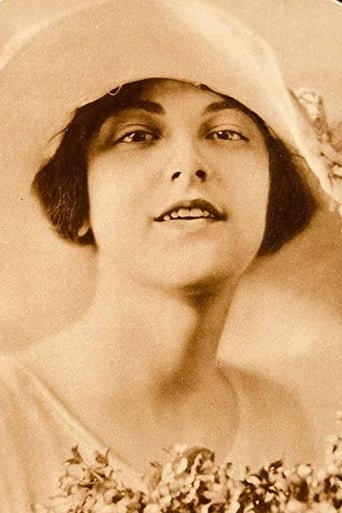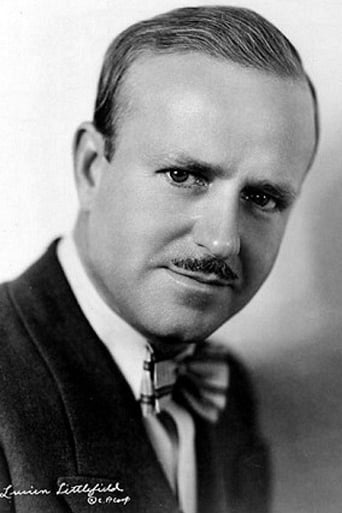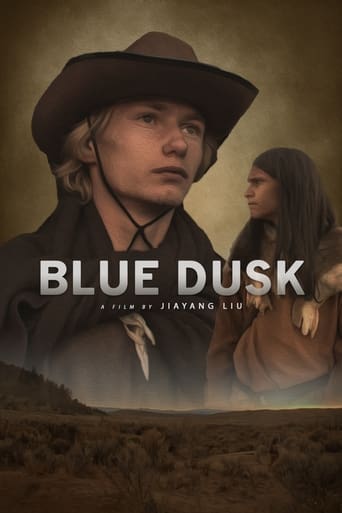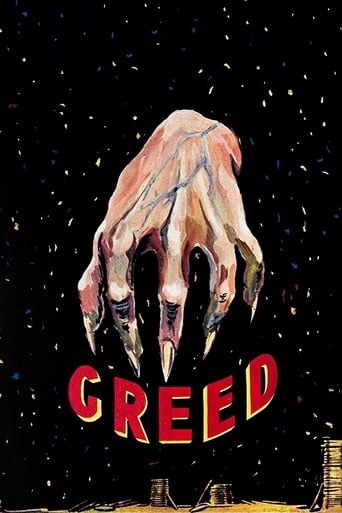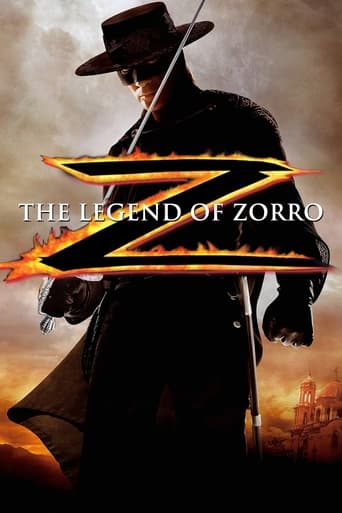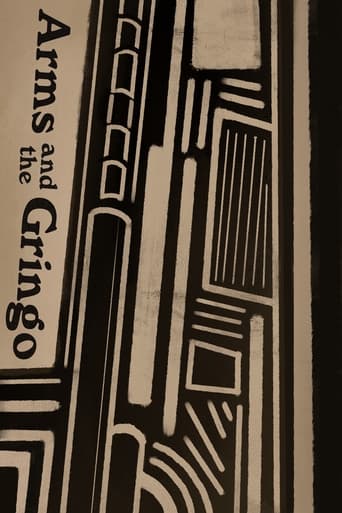Tumbleweeds (1925)
William S. Hart stars in this 1925 silent film as a cowboy intent on claiming land during the 1889 land rush in the Oklahoma Territory. Though hardened from years of taming the new frontier, he falls in love with a beautiful woman. Before he settles down, however, he must contend with men who wish to bring him harm. In the prologue of the 1939 Astor Pictures revival of this film, Hart gives a moving eight-minute introduction-- the first and only time he appeared in a film accompanied by his striking voice.
Watch Trailer
Cast
Similar titles
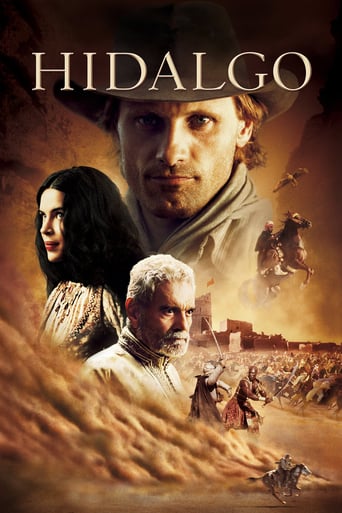
Reviews
Save your money for something good and enjoyable
Instant Favorite.
A Major Disappointment
The film may be flawed, but its message is not.
One of the last silent westerns and William Hart's swan song, "Tumbleweeds" is about the settlement of the 'old west' and the end of the (largely mythical) 'cowboy' way of life. The closing shot of drifting tumbleweeds being stopped by barb wire fence pretty much sums up the film. William Hart is 'Don Carver', a drifter, a 'tumbleweed', who gets caught up in the 1993 Cherokee Strip land rush along with his sidekick, 'Kentucky Rose' (Lucian Littlefield). Typical of silent films, the acting is somewhat overly dramatic at times (except for po-faced Hart) but otherwise the film has held up remarkably well and, to some degree, reflects modern sensibilities more than many of the myriad westerns that followed (for example: the Indians Carver encounters are his friends and there are African Americans and capable, independent women in the race for homesteads). There are a number of very effective scenes, such as the countdown to the "maddest stampede in American History', the stampede itself, and shots paralleling Hart riding at full gallop that must have been challenging to obtain. The film is also quite comic at times, notably the ol' widder women checking out Kentucky's butt when he bends over or tough-guy Hart's faintness around women and his solution to a persistent cowlick before going a'courtin'. The biggest downside to the version I watched (on the "Silver Screen Classics" channel) was the score, which (IMO) was often intrusive and inappropriate to the scene. I don't know if other versions are available. Score aside, the film is well worth watching for its own sake, as well as for its place in cinematic history. Followed six years later by "Cimarron", a similar retelling of the great land race that was the only Western to win a Best Picture Oscar until "Dances with Wolves" in 1990.
The Netflix version of "Tumbleweeds" is the Paul Killiam version redone in the 1970s, and it has Hart's farewell to the screen. Sure, it's over the top today, but the man was a Shakespearean actor long before he started doing Westerns, and his other stage roles included that of Messala in, I believe, the original stage production of "Ben-Hur." He then, at age 48, didn't sit on his laurels but instead went into the physically demanding field of making Westerns, apparently because the current Westerns of the time didn't portray accurately the real Wild West he had grown up in; and he did some fine work there before finally retiring.After all that, if the man wanted to pull out all the stops in his final farewell, more power to him! Some of "Tumbleweeds" is a little hokey (the singing and some of the plot developments, for example), and Hart's acting seems a little wooden today (although it does convey an inner strength that helps his character get through physical trials, like that long hard ride in the land rush), but the authenticity grabs your attention in spite of that. Right at the start, for instance, it seems as though they are showing film of a 19th Century cattle drive. The interiors are very realistic, too, as are the vehicles, costumes,and mannerisms (I love the way Barbara Bedford reacts when Richard Niell puts his hand on her shoulder -- quite in character with those times and quite a contrast to the mores of 1920s America, let alone modern times).The land rush scene is very famous and has been copied a lot, but it still is terrific to watch, particularly the way Hart works the story line into it.I really enjoyed Lucien Littlefield's performance, too (Kentucky Rose, Hart's sidekick). It takes a lot of skill and hard work to look that "stupid" and yet carry the plot along so well: it is so easy to overact and turn it into a farce. Littlefield walks the line but always stays on the right side of it and is very funny and yet also touching (the secondary romantic plot). This was the first role I noticed him in (though he was in "Sons of the Desert," too -- I don't remember him in that). He worked a lot. The Wikipedia entry for him notes that his years of activity were 1914-1960 (the year of his death). Not too many other actors had such a long career.Kentucky Rose would be considered very politically incorrect today, as would (NOTE: there be spoilers ahead!) the shooting of a snake, but there are some very positive things in "Tumbleweeds," too: rescuing two wolf pups and describing the debt the cowboys owe them because they poisoned their parents; apologizing (sort of) to the snake after killing it; showing African-Americans present in the land rush crowd; and presenting Indians (presumably Cherokee) in a positive way, as Hart's friends (though that sign language discussion seems a little long-winded and overwrought, given what they're actually saying).Speaking of sign language, this is the first silent film I've seen that doesn't leave much dialogue to the audience's imagination. Everything is spelled out carefully in the titles, and I think that shows it was aimed at a very specific demographic and not necessarily the same one, say, that Douglas Fairbanks, Sr., was reaching for with his costume dramas at the same time.The filming is also very straightforward and a little rough. Having just watched "Hangman's House" (1928), I couldn't help contrasting the land rush scene here with the horse race in Ford's film, which is very "arty" in comparison. In both films, horses rush at the camera, but the image and its effect on the viewer are very different. One approach is not better than other, of course; each technique fits the film in which it occurs, but it's interesting to note that even in the 1920s, there were different audiences to be catered to.It's also interesting to note that this "rough" film stars a Shakespearean actor while Ford's "arty" film stars a former bare-knuckles boxer (Victor McLaglen) and is also famous today as being the first movie in which a former USC football player, John Wayne, can be clearly seen on camera.Hollywood, especially in the early years, is full of delightful little surprises like that.
In the 1939 re-release's introduction, William S. Hart explains, "The story of 'Tumbleweeds' marks one of the greatest epochs of our American history. It tells of the opening of the Cherokee Strip in the year 1889. Twelve hundred square miles of Cherokee Indian lands, on one front, over two hundred miles long, were thrown open by our government to those seeking good earth upon which they might make their homes."Mr. Hart (as Don Carver) and comic sidekick Lucien Littlefield (as Kentucky Rose) are two of the cattle ranchers who are put out when as the Oklahoman Cherokee Strip is "thrown open" by the government. For Hart, the silver lining comes in the form of a several decades younger sweetheart, homesteader Barbara Bedford (as Molly Lassiter); however, her nasty half-brother J. Gordon Russell (as Noll Lassiter) threatens to spoil the fun. Little brother Jack Murphy (as Bart Lassiter) and his pup have the highest profile relationship that actually works. Still, the film has Hart, and its exciting "land rush!" sequence.The re-release (which, apart from Hart's cool Shakespearian appearance, is the inferior version, by the way) features the legendary star's farewell: "My friends, I loved the art of making motion pictures. It is as the breath of life to me no longer a cloud of dust, but a beautiful golden haze through which appears a long phantom herd of trailing cattle. At their head, a Pinto pony with an empty saddle the boys up ahead are calling -- they're waiting for you and me to help drive this last great round-up into eternity "Adios, amigos. God bless you all, each and every one." ******* Tumbleweeds (12/20/25) King Baggot ~ William S. Hart, Lucien Littlefield, Barbara Bedford
I enjoyed the actual film Tumbleweeds, but I'm restricting my comments here to Hart's famous farewell speech to his fans that prefaces the movie.I have seldom seen or heard anything as moving as that speech. Yes, there are moments when it verges on becoming unintentionally humorous to a more cynical modern audience. Yes, Hart is highly dramatic, and very much the old time barnstorming actor that he had been before beginning his movie career. It is a heightened type of performance that is out of sync with the age we live in, and some viewers have described it as somewhat embarrassing to watch.But none of that matters a bit. Hart's unquestionably sincere emotion and heartfelt expression of his feelings about the old days of movie making are so powerful that I can't watch this sequence without being moved to tears every time. There's one part where he has to pause for a moment before continuing, when he gets choked up over the memories of a beloved horse. The sheer, raw spectacle of such intensely personal feelings might well be too much for jaded modern audiences, and therefore might inspire embarrassed laughter.But the sad dignity of the old actor transcends such scorn, and raises the speech to an unforgettable experience that every old movie fan should see at least once.
